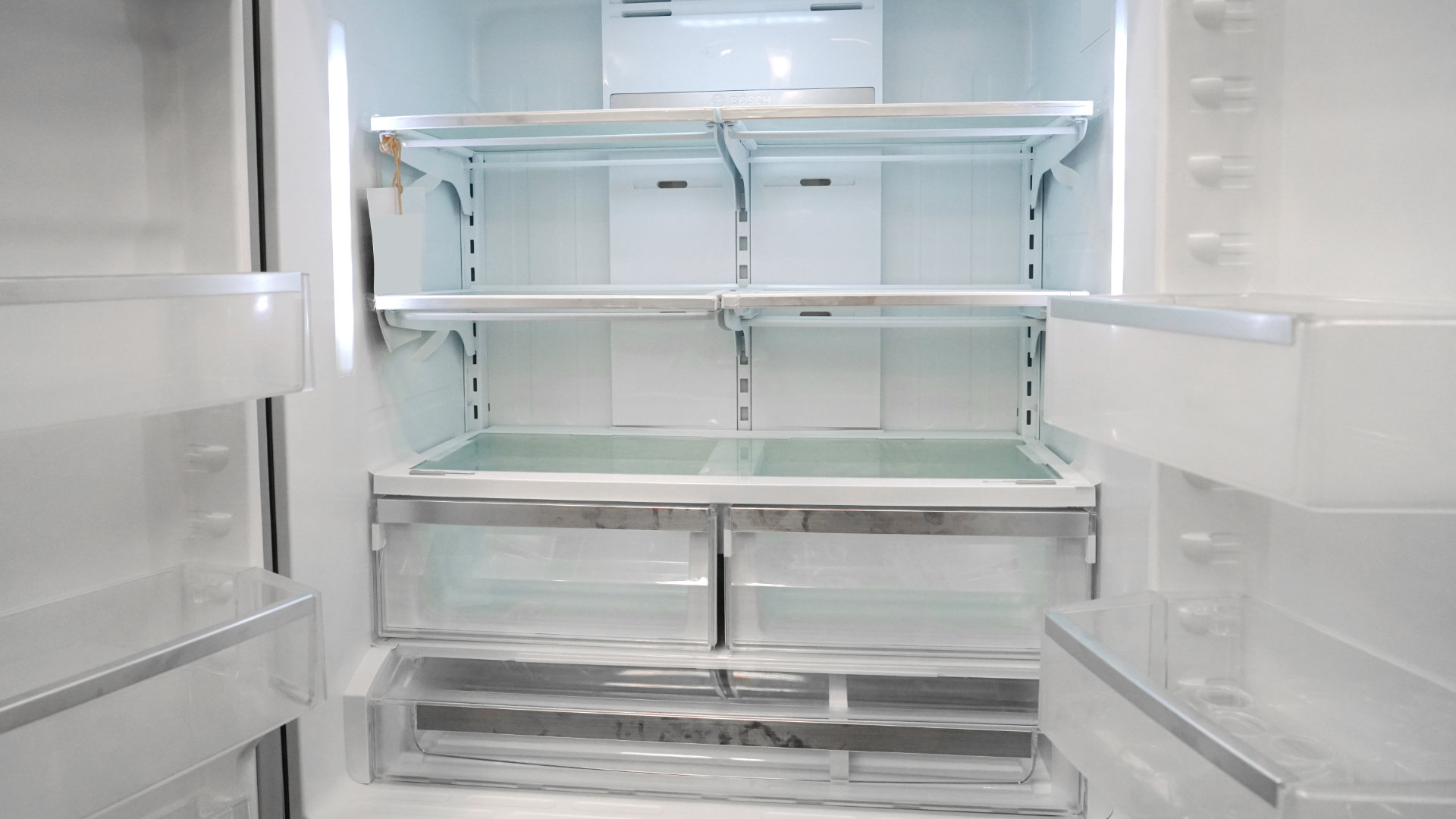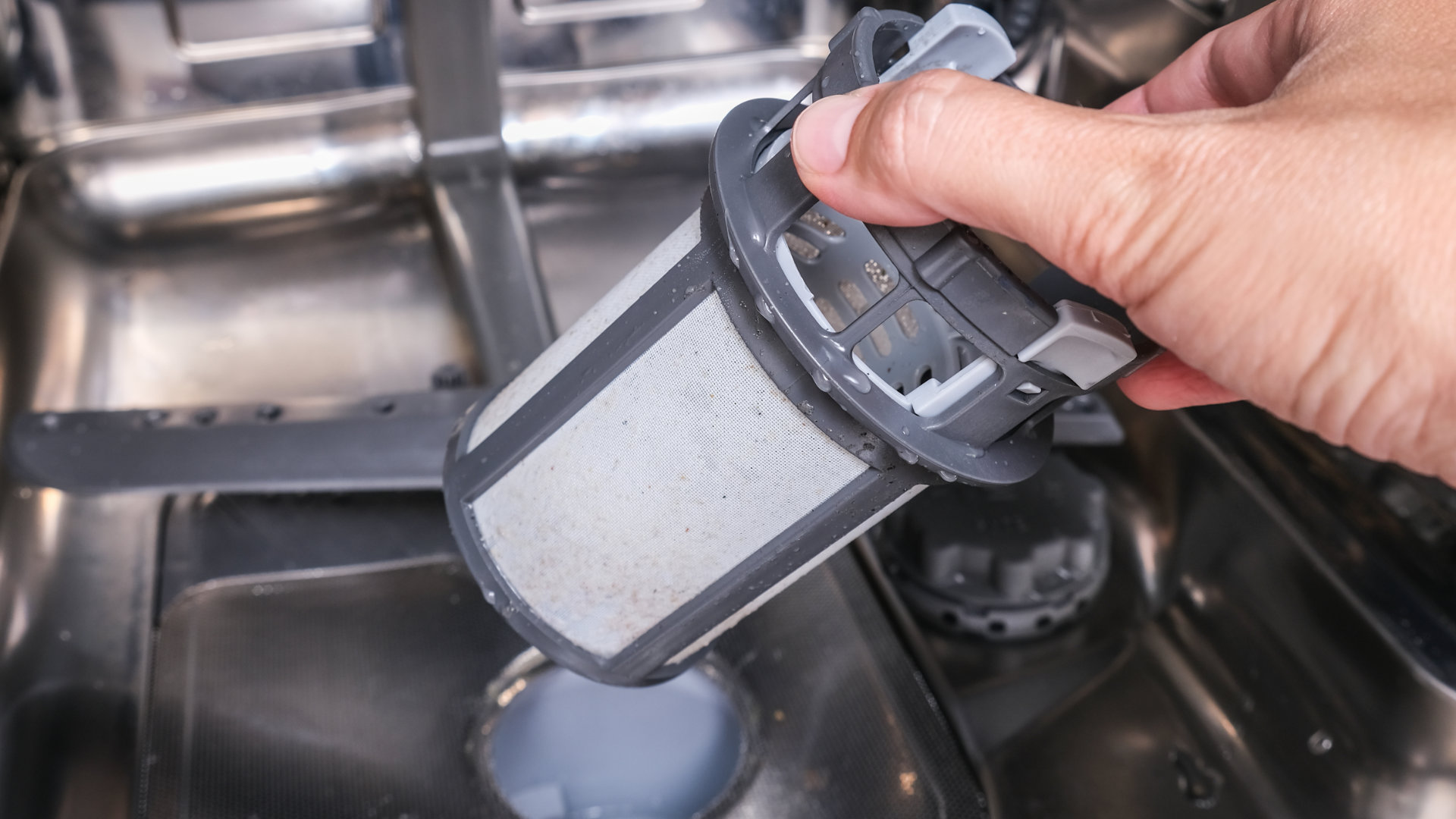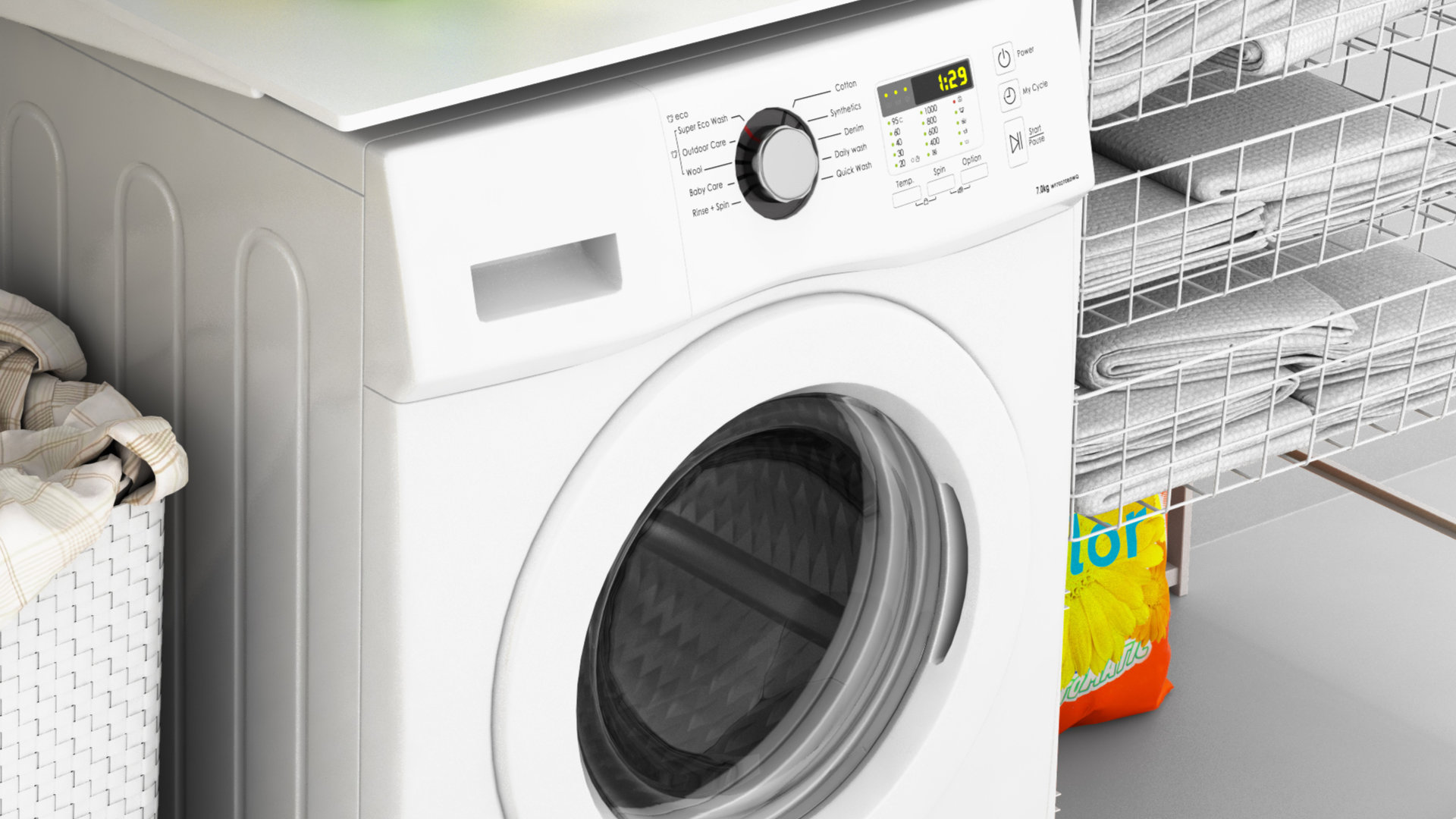
The refrigerator’s compressor is often called the “heart” of the refrigerator, as it is responsible for circulating the refrigerant throughout the refrigerator system. When a compressor is failing, you will usually notice a loud rattling noise, that the compressor overheats and doesn’t cool, or that it is turning on and off more or less frequently. Replacing the compressor is a complex procedure best left to a professional. It also may be better to buy a new refrigerator than to replace the compressor.
How Difficult to Replace a Refrigerator Compressor?
Replacing the compressor involves welding and the handling of flammable gasses. You will also need a special vacuum pump and holding container to evacuate the old compressor and charge the new one. When it comes to replacing a compressor, it is recommended that a trained professional who specializes in refrigerator compressor replacement be contacted.
Replace or Buy a New Refrigerator?
The bottom line is it depends on how old the refrigerator is and whether you have the extra money to buy a new refrigerator. If the refrigerator is nearing the end of its 10-15 year lifespan, replacing the refrigerator is the recommended option. When deciding, make sure to compare prices for a new refrigerator versus the cost of a new compressor and the labor cost or tools it will require. As outlined above, replacing the compressor requires special tools and advanced skills. Also, consider the warranty that a new refrigerator comes with. After comparing these costs and benefits, replacing the refrigerator may be the better option.
How to Replace a Refrigerator Compressor
Tools and Equipment
- Flat-head screwdriver
- Phillips-head screwdriver
- Perforating valve
- Manifold gauge
- Nitrogen cylinder (N2)
- Sandpaper
- Oxy-acetylene torch
- Solvent
- Schrader valve
- Vacuum pump
- New compressor and filter
Preparation
When replacing the compressor, the first step is to empty the refrigerator. Replacing the compressor will take around 3-6 hours. To avoid wasting food, you may want to store it in coolers with ice packs.
Note the type of refrigerant the old compressor uses. If the refrigerant is not a “safe” gas that can be released into the environment, such as R-290 or R-600A, you will need a recovery machine and an approved reclaim cylinder.
- Disconnect the power to the refrigerator. If it is connected to a water line, turn off the water and disconnect it from the refrigerator.
- Move the refrigerator out from the wall and to a suitable location to perform the repair.
- Disconnect the power cable.
- Use a Phillips-head screwdriver to remove the access panel, usually at the bottom rear of the refrigerator.
- Use a flat-head screwdriver to help detach the relay cover.
- Use the flat-head screwdriver to help remove the relay.
- Detach the overload protector and start-capacitor.
Uninstall the Old Compressor
- Release the refrigerant by attaching a perforating valve onto the process tube; then open the valve to release the gas. Be careful, as the gas is flammable; make sure you have adequate ventilation.
- Once the gas is released, you will need a manifold gauge. The manifold gauge must be the appropriate manifold for the type of refrigerant to avoid contamination of different oils and because of the different pressures.
- Connect a nitrogen cylinder onto the manifold, and inject the gas at a pressure of 50 psi.
- Remove the perforating valve.
- Sand the compressor tubes in the areas that have been soldered to facilitate brazing.
- Cut the discharge and suction tubes, leaving about 1 inch from the end of the process tube.
- Remove the compressor.
- Use an oxy-acetylene torch to remove the filter (use a neutral flame). The filter needs to be replaced, as it can only absorb moisture once; then it becomes saturated. If the capillary tube gets clogged, with a file, cut about 1 inch from the tip of the tube.
Clean the Tubes and Condenser
If the compressor motor is burned out or the system has excess moisture or contaminants, you will need to clean the tubes.
- Weld the tube connector to the suction line of the system.
- Charge a cylinder with about 500 ml of solvent.
- Couple the solvent cylinder and suction line connector.
- Use the manifold to help couple the N2 (molecular nitrogen) cylinder to the solvent cylinder.
- Put the tip of the capillary into a container to receive the used solvent.
- Release the N2 at around 50 psi, and open the valve on the solvent cylinder.
- Wait for the passage of the solvent through the tubing until only N2 comes out of the capillary.
- Give the system a nitrogen charge to clear out any residual solvent.
- Repeat the process for the condenser.
Install the New Filter
Make sure the new filter is compatible with the type of refrigerant.
- On the extra connection, install a Schrader valve. Make sure to take the cap off before welding.
- Connect and weld the filter onto the condenser outlet.
- Bend the capillary tube about half an inch from the tip and braze it into the other end of the filter.
Install the Compressor
- Position the new compressor in the refrigerator.
- Check the tube diameters and the positions of the tubes, then use pliers to connect the discharge and suction tube, and install the Schrader valve on the process tube, removing the cap and valve before brazing. Weld them on.
- Install the Schrader valve cap and the manifold to the process tube on the filter’s third connection.
- Conduct a leak test by injecting a nitrogen charge of 100 psi to check if there are any leaks in the welds and using a sniffer tool. If you don’t have a sniffer tool, you can use soapy water, where if you see any bubbles, you will know there is a leak. If there are no leaks, release the nitrogen.
- Evacuate the system with a vacuum pump. Connect the high-pressure side to the service valve of the filter dryer. Connect the low-pressure side to the process tube. When the vacuum process reaches 500 microns, hold it for 20 minutes.
- Install the capacitor to the relay, followed by the overload protector, and then the relay on the compressor’s terminal.
- Connect the cooling system’s electrical wiring to the relay and the overload protector terminals.
- Replace the electrical cover.
- Charge the gas by weight, according to the product label.
- Apply the vacuum in the cylinder and weigh it to make sure it has zeroed out.
- Apply the required amount of refrigerant into the charging cylinder and inject the content into the manifold.
- Fill the compressor with refrigerant (make sure you have the correct volume).
- After equalizing, turn on the compressor again to complete the charge. Make sure to close the high-pressure valve.
- Close the valve of the charging cylinder and then the manifold valve.
- Weigh the cylinder to verify that the refrigerant has been applied.
- Remove the manifold and install the service valve caps.
- Double-check that all of the wires and tubes are positioned correctly.
Monitor the compressor over the next few hours to make sure it is working correctly. It will usually take 24 hours for the temperature in the refrigerator to stabilize.

How to Reset a Whirlpool Refrigerator Ice Maker

6 Reasons Your LG Refrigerator Is Not Making Ice

Kenmore Fridge Ice Maker Not Working? 5 Ways to Fix It

How to Remove Fish Smell from Your Refrigerator

How To Fix Bosch Dishwasher E24 Error

Troubleshooting a Whirlpool Dishwasher Not Draining

Why Is Your Fridge Water Not Working, but Ice Is?

How to Fix the E15 Bosch Dishwasher Error Code

How Much Power Does a Microwave Use?

How to Properly Clean Refrigerator Coils

How to Fix an LG Washer Showing OE Error Code

Troubleshooting a GE Dishwasher with No Power and No Lights

10 Reasons Why Your Bosch Dishwasher Won’t Start

Troubleshooting the F5 Error Code with a Maytag Washer


